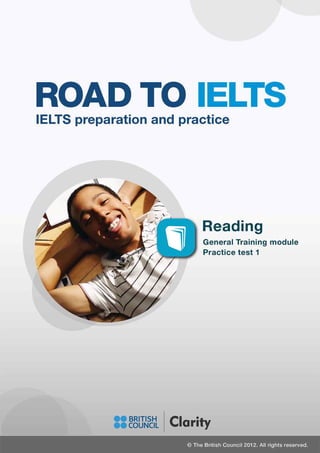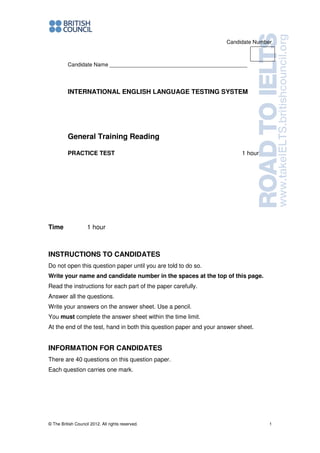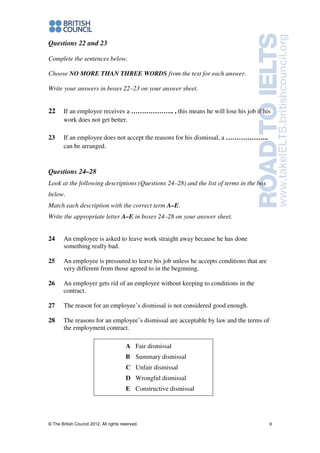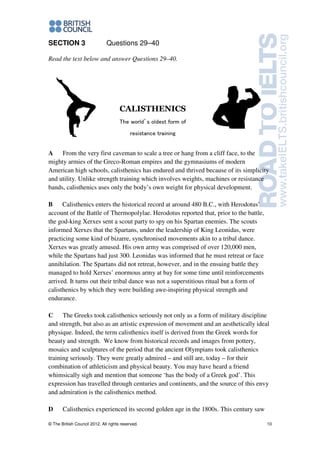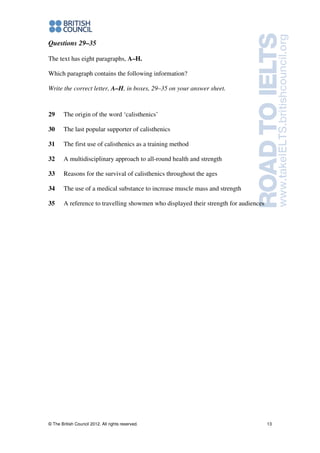Calisthenics is the oldest form of resistance training using only one's own body weight. It was practiced by ancient Greeks and Spartans to build strength and endurance. In the 1800s, it experienced a resurgence along with the development of gymnastics and strongmen performances. In the mid-20th century, Charles Atlas popularized calisthenics through comic books, but its emphasis on functional strength declined in favor of bodybuilding's focus on muscle size, including through steroid use.
